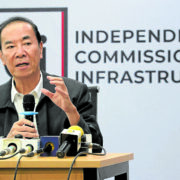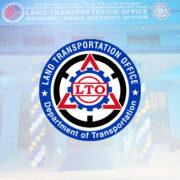Four decades of service, compassion for ‘poorest of the poor’
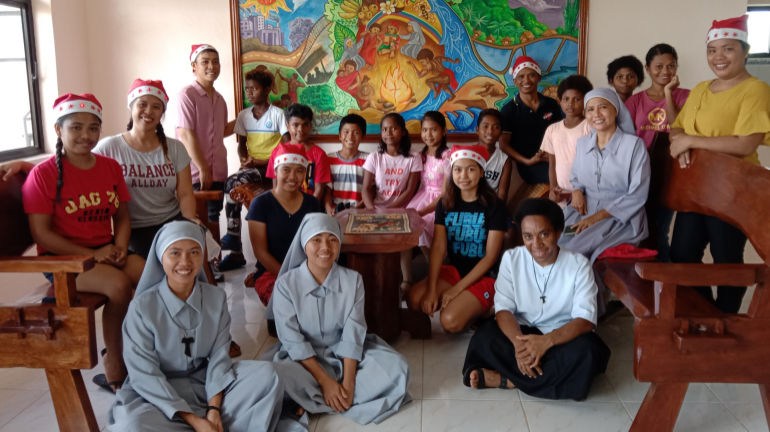
You need at least 25 years of selfless community service, a heart for the “poorest of the poor,” and—believe it or not—no interest in fame to qualify for the Saint Teresa of Calcutta Award (STCA).
The award comes with a cash grant of P1 million, half of which must go to a charitable cause.
In 2024, the award was given to Sr. Minerva Caampued, a Franciscan nun who has quietly served the indigenous Agta communities in the remote areas of Cagayan for nearly three decades.
“I dedicate the award to the Agta communities, whose members continue to face the challenges of defending their ancestral domain, asserting their rights, and preserving their rich cultural heritage amidst marginalization,” Caampued said in a statement. “This award is not mine alone, but a tribute to their unwavering spirit.”
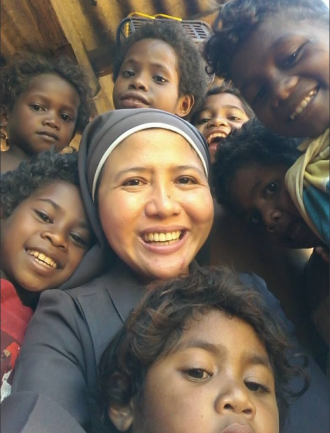
The STCA is no ordinary award. It’s a long-standing initiative by AY Foundation Inc. and JCI Manila, running since 1983, and is named after Saint Teresa of Calcutta, who became globally known for her humanitarian work and was canonized by Pope Francis in 2016.
The award aims to spotlight individuals who mirror her life’s mission—serving others without seeking recognition or reward.
Needle in a haystack
“We receive a lot of nominations every year,” shared Julius Charles Torres, STCA chair. “But our standards are very specific. The nominees must have served for at least 25 years, worked quietly and selflessly, lived simply, and consistently upheld the values of integrity and compassion. You’re basically looking for a needle in a haystack.”
It doesn’t help that many potential awardees don’t even keep records of their service. “They don’t post on social media, they don’t take photos. Some even get annoyed when asked to submit proof,” Torres said with a laugh. “They say, ‘I’m just helping people, I’m not trying to promote myself.’ But we need documentation to verify the impact.”
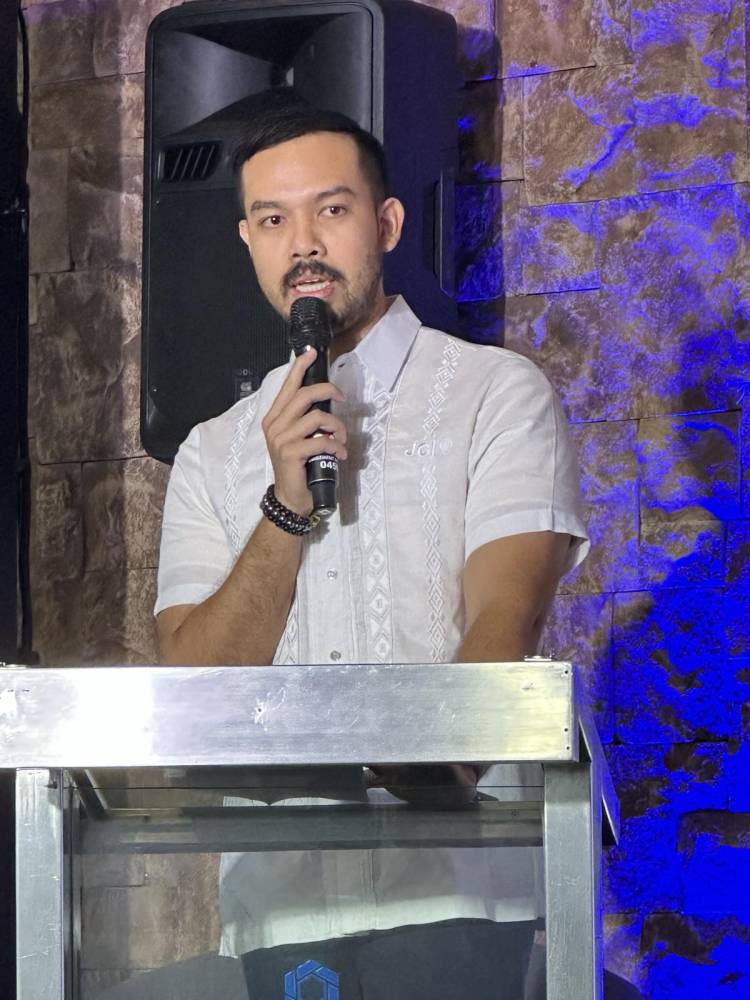
Caampued herself had to be persuaded to accept the spotlight. She was nominated by a previous awardee and didn’t ask for a single thing—even declining an offer to cover her travel and accommodation to Manila.
“She’s a very simple nun,” Torres recalled. “There’s this intuition. Just by looking at her, we already knew. It’s like Saint Teresa was there with us.”

While past STCA winners were often in their 80s or 90s, there’s now a visible shift toward recognizing younger, still-active changemakers. “Last year’s recipient was relatively younger, and we noticed she had a social media presence,” Torres said. “That’s becoming more common. Younger people are active and have the energy to continue their missions for many more years.”
This evolution isn’t accidental. The award-giving body hopes that by recognizing younger recipients, the award’s impact can extend beyond a single event. In Caampued case, her post-award plans include building a school for the Agta community.
“What’s not seen in the ceremony video is that the school being built is actually outside the P1 million grant,” added Joshua Aragon, JCI Manila director for special projects. “We told her to use the prize money for other things, because we would help build the school ourselves.”
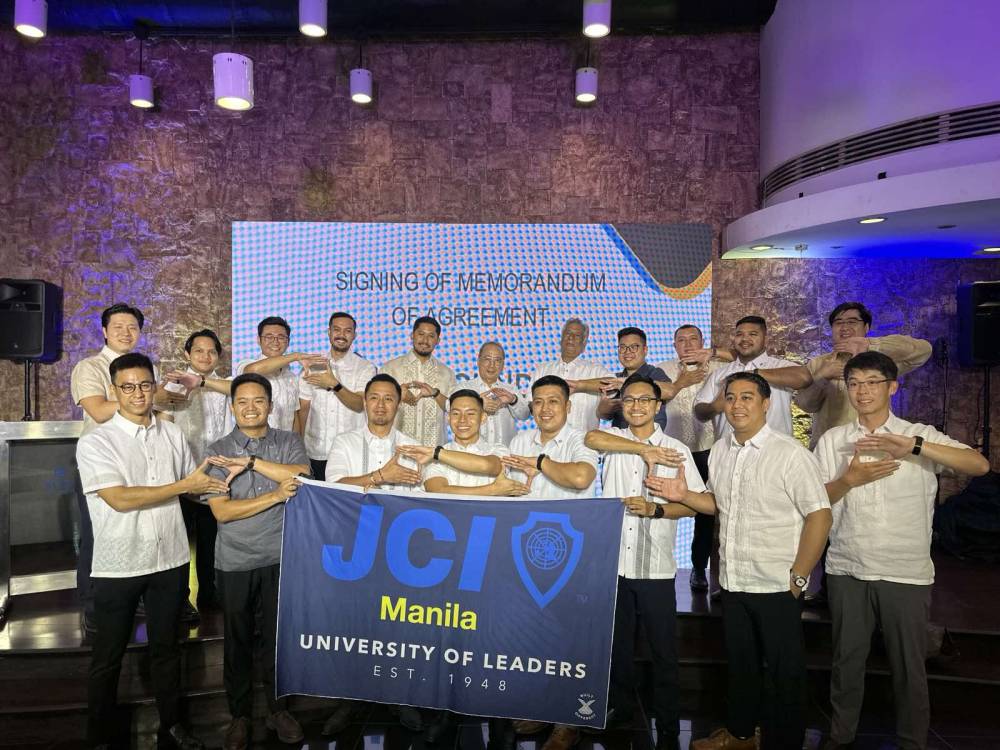
“We want continuity,” Aragon added. “Last year was the first time we added to the cash grant, and now we’re shifting toward long-term support—more infrastructure, more livelihood programs.”
At its core, the STCA is about inspiration, especially for younger generations who might not realize the quiet heroism that exists outside their digital bubbles. “When I went to Cagayan and saw Sr. Minerva’s work, I cried like a baby,” Torres said. “We want to tell stories like hers—especially now, when many young people feel overwhelmed by life. We want them to see that there are people out there doing life-changing work without expecting anything in return.”
Culture of service
He added that the STCA team is working with schools to introduce these stories to students and encourage a culture of service early on. “It’s about helping Gen Z realize they’re already lucky,” Torres said. “Even if life feels hard, they’re still in a much better position than many others. And with that, maybe they can be inspired to help, too.”

The 42nd year of the STCA also marks a deeper commitment to community continuity. Aragon shared that beyond the prize money, the team is now crafting programs that go beyond recognition and step into sustained partnership with the awardees’ communities.
“This isn’t just a plaque and a check anymore,” Aragon said. “We’re now looking at how to be part of long-term change.”
Nominations for the 2025 STCA can be sent to information.stca@gmail.com until July 25. As always, nominees must meet the core requirement: 25 years of humble, documented service to marginalized Filipinos.
“There are many people doing community work,” Torres noted, “but many are also well-off. What we’re looking for are those who serve even while struggling themselves. That’s the embodiment of what Saint Teresa stood for.”




